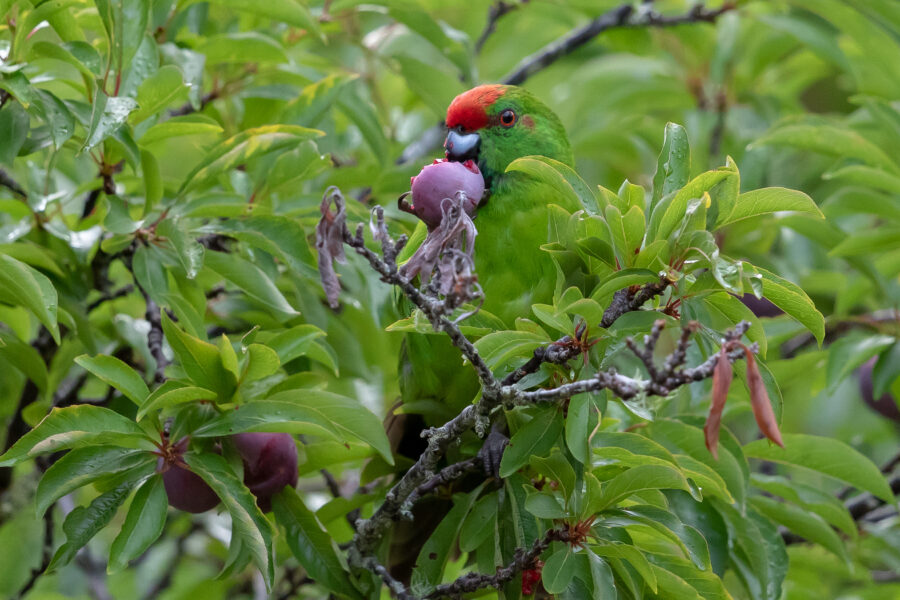
Flying high: pleasure-seeking parrots pick pungent chemicals
Whether medicinal, hygienic or recreational, birds have been observed utilising highly aromatic plants and insects.

Whether medicinal, hygienic or recreational, birds have been observed utilising highly aromatic plants and insects.

Hormones are driving a radical new approach to fighting the country’s extinction crisis.
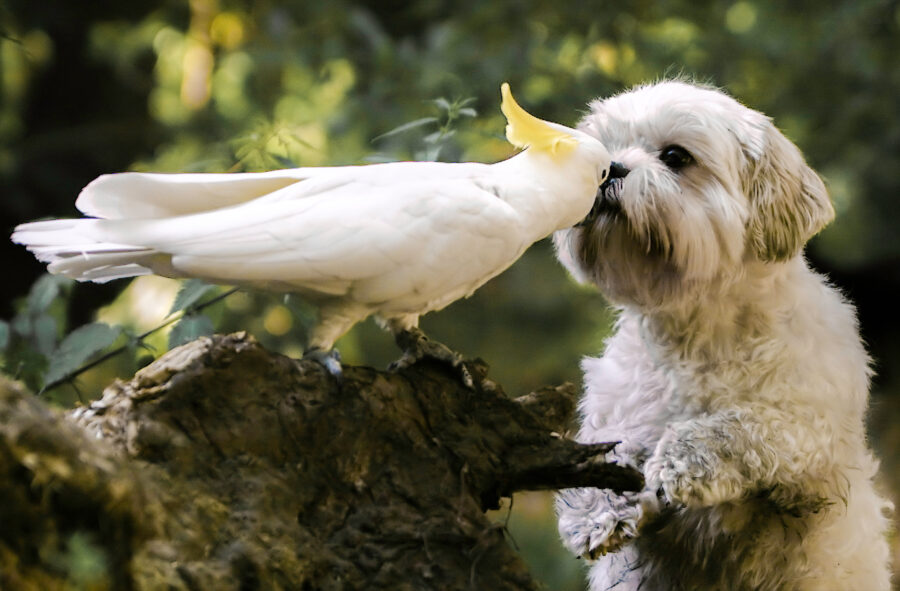
Why do we love to see unlikely animal friendships? A psychology expert explains.
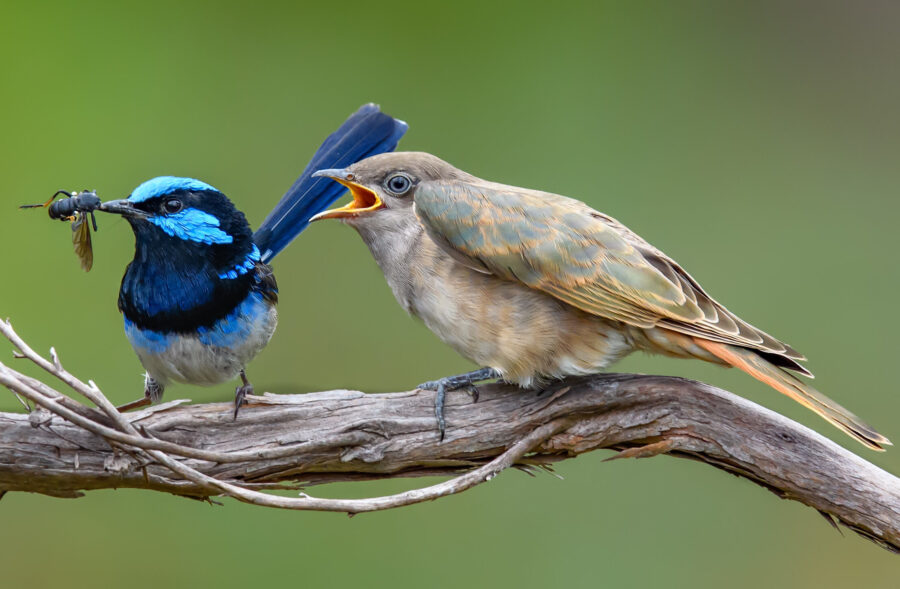
How do new species arise? And why are there so many of them? One possible reason is the arms race between animals such as predators and parasites, and the victims they exploit.
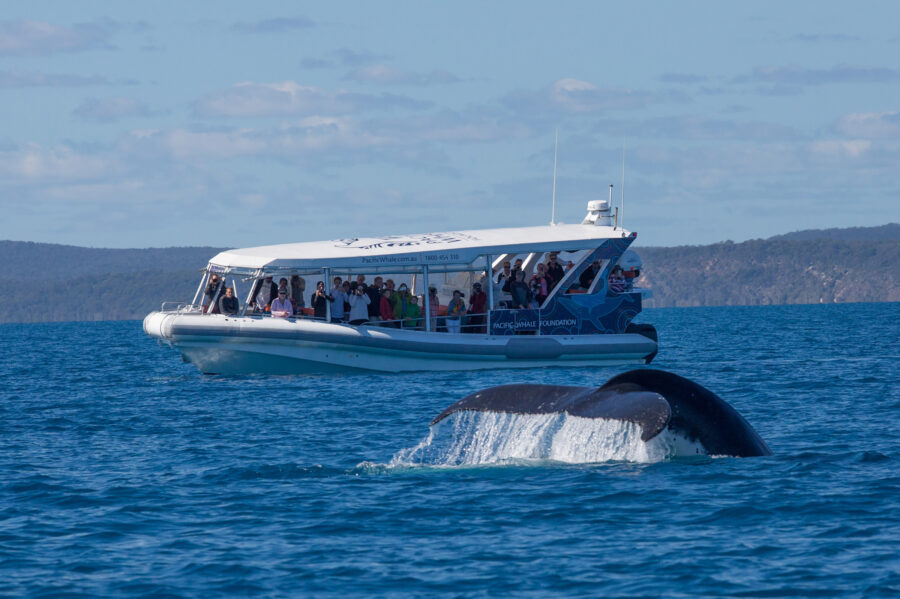
From July to October, join Australia’s premier whale and dolphin experts on a voyage of adventure and citizen science in Queensland’s idyllic Hervey Bay.
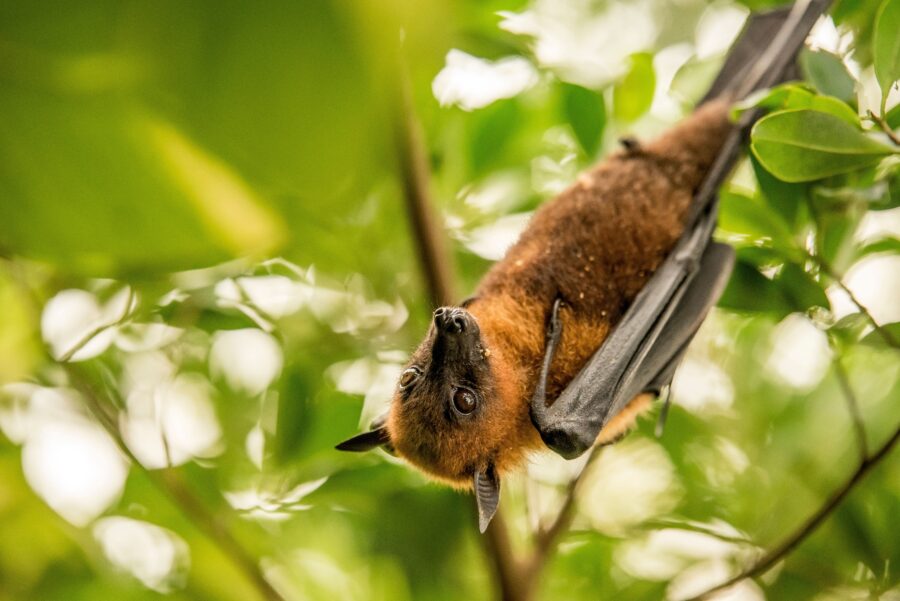
Australia’s flying-foxes are vital pollinators of our flowering forests and a raft of species, humans included, rely on that.
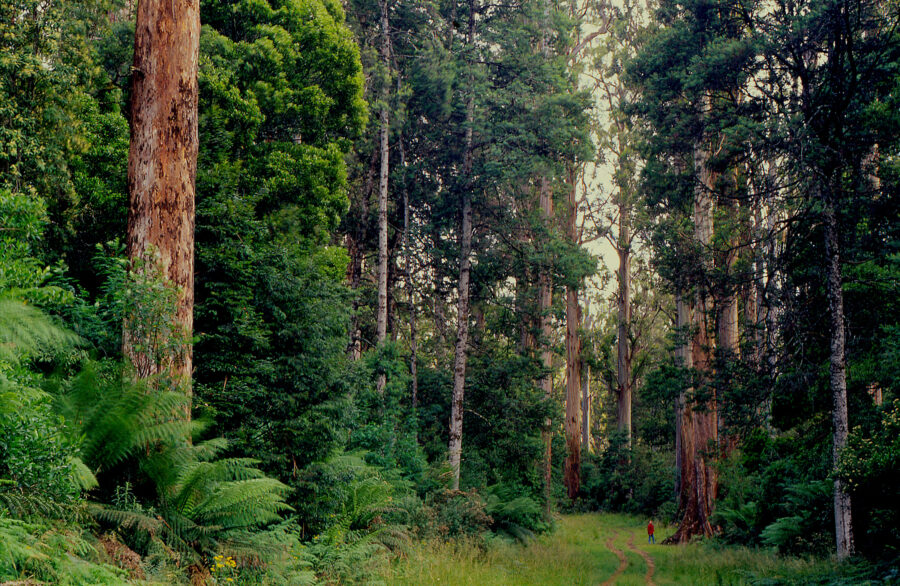
History and science reveal the true story of mountain ash forests and should inform best management practice for these crucial ecosystems.
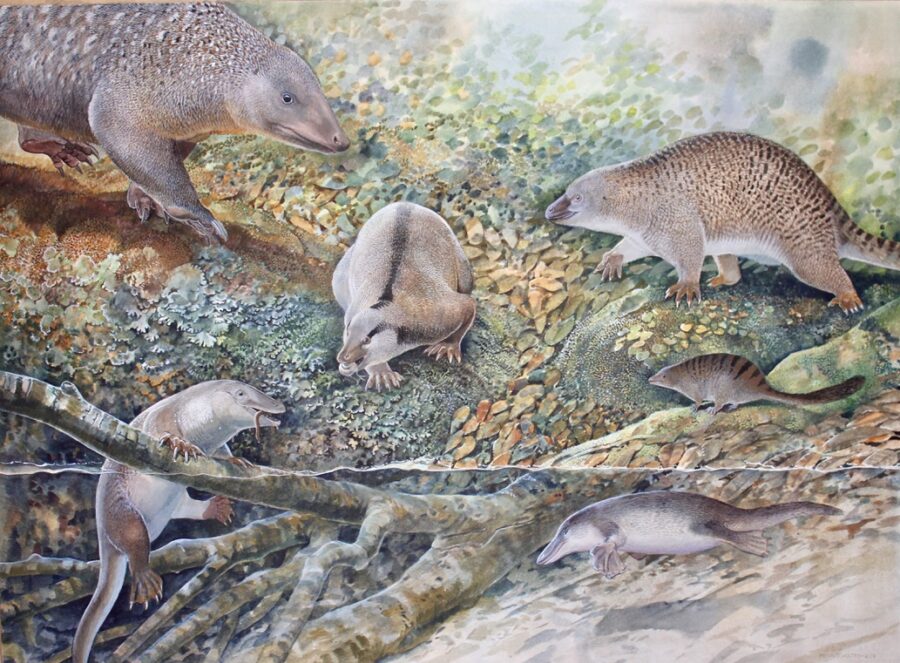
The chance discovery of a long-forgotten tray of fossils in the collections of the Australian Museum has highlighted a previously unknown “Age of Monotremes” that thrived while dinosaurs ruled the Earth.
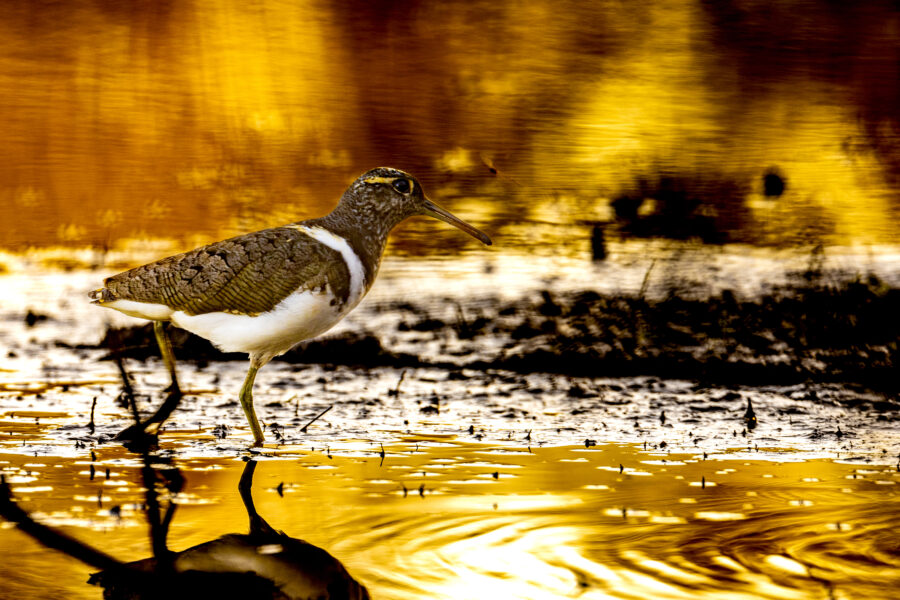
As one of our most elusive birds, the endangered Australian painted-snipe is a must-see on every serious birdwatcher’s list.
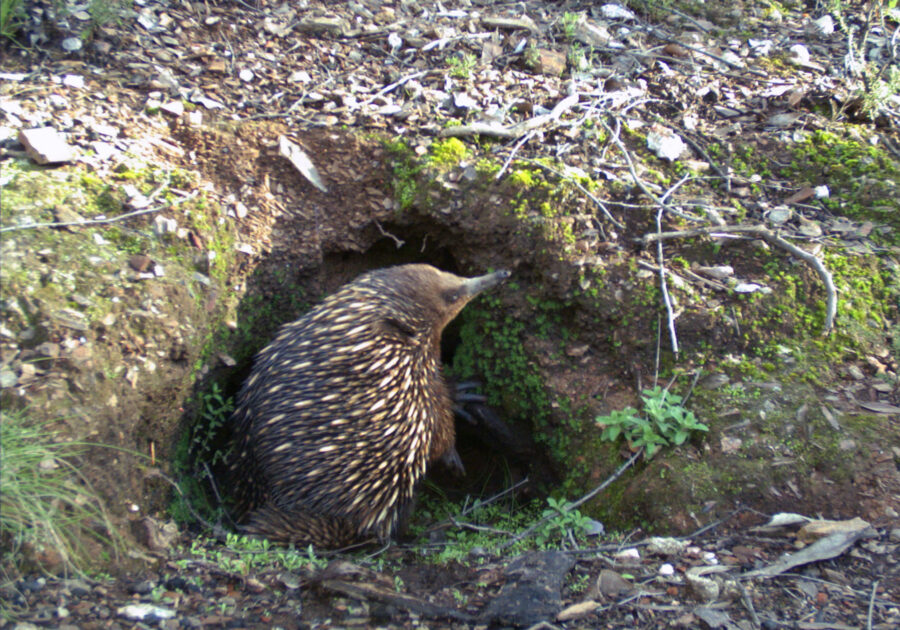
A new study has found wildlife use wombat burrows for vital shelter, food and even drinking water, during and after a bushfire.